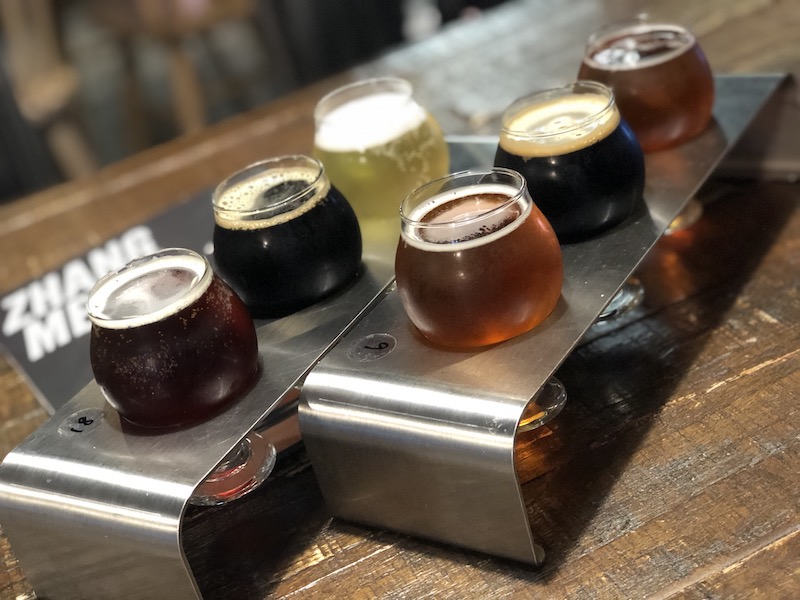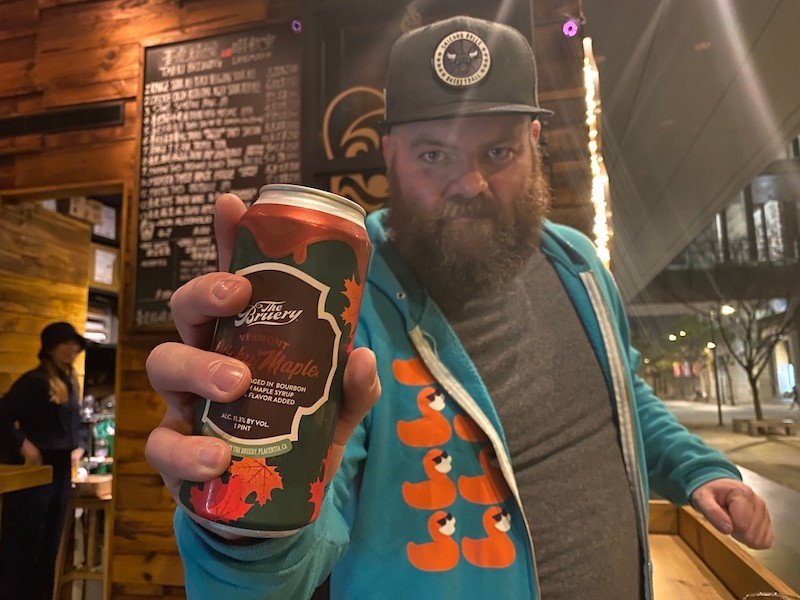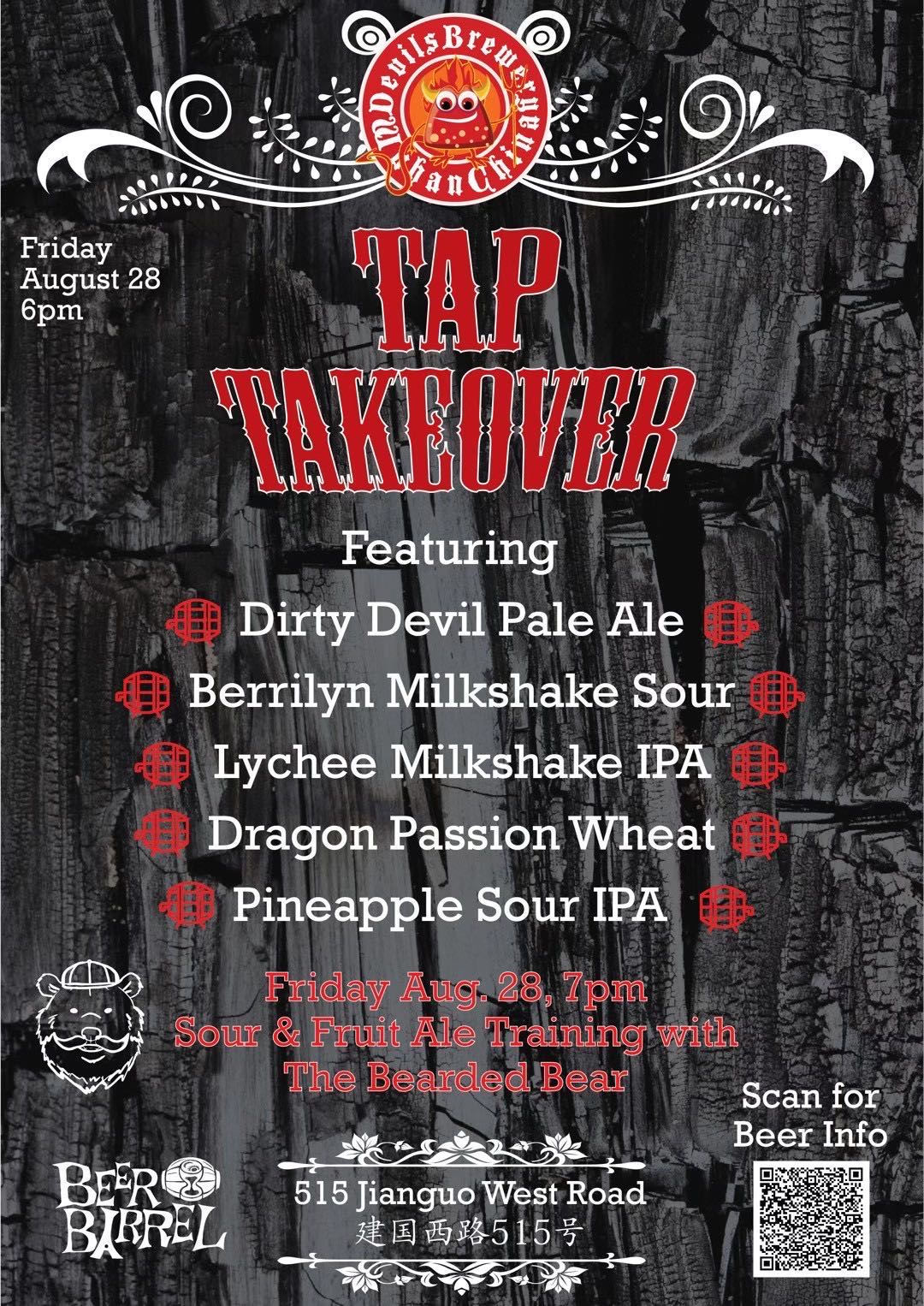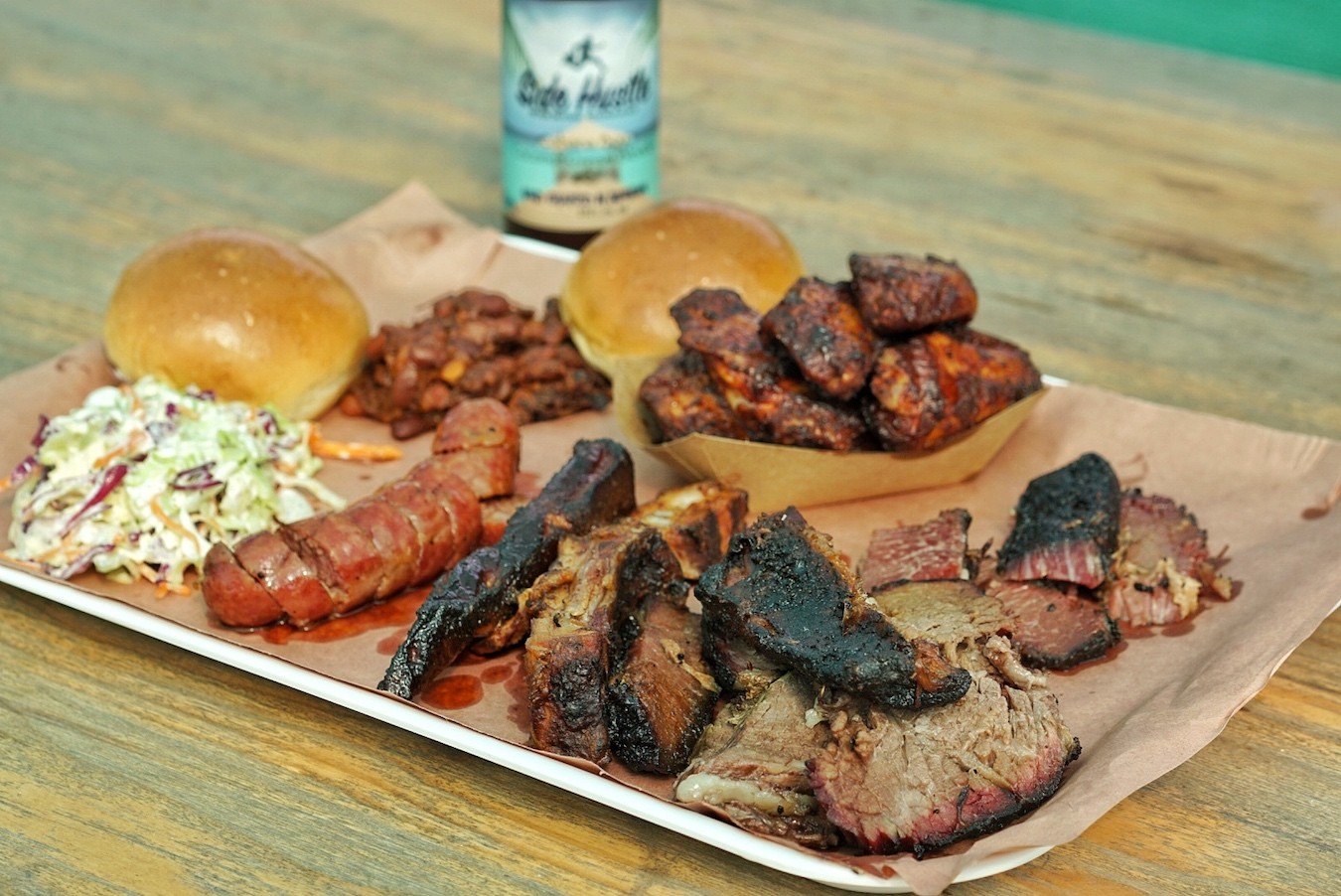That's columnist Chris Foste (aka the Bearded Bear) is a bearded beer fanatic whose frothy pint glass of knowledge flows over with wisdom on the wetting of one's whistle.
For eons, special ales were brewed by ‘magical wizards’ who used their wooden staffs to conjure mystical spells upon a boiled plant-water mixture. The enchanting art of producing a tart beverage to imbue the drinker with strength, charisma and a constant urge to urinate were surely the work of the deities, handed down to those mental manipulation magicians. The people praised the wizards and their blessed brewing tools, for no one could have predicted that this ‘plant stew’ would become the beverage of choice for adults across the globe for all of eternity, alcohol.
The oldest of all beers, sour ales, have been a source of alcoholic myth and lore for centuries. Today, the beers people consume are brewed in factories with rigorous health codes and sanitary practices. Finishing a beer and putting it into a tank to ferment is just half the battle; the other part is intensely cleaning out every nook and cranny of the brewing equipment so that the next batch catches no infections nor retains any characteristics from the previous beer brewed before it.

These strict cleanliness practices didn’t exist back in the times of kings and castles. With naturally occurring bacteria floating around in the air and hiding in the cracks of wooden brewing utensils, all these ‘beer wizards’ had to do was dip their stirring paddle in the wort (the liquid mixture of boiled malt and hops), and a few months later, a sour and funky beer would be born.
Even the barrels used for storing the beverage carried wild yeasts and bacteria that transformed the sweet and bitter beer into a slightly sour and funky flavored brew. These days we have science to help explain the process behind brewing sour ales and assist in engineering the bacteria and yeasts to achieve the ideal flavors.
There are three chemical players that can alter beers to achieve that desirable tart zing. The first two are types of bacteria, lactobacillus and pediococcus. While different in their own regard, both of these cultures do basically the same thing – add acidity to the beer. Ever wonder how yogurt got to be what it was? That’s our friend lactobacillus doing its thing.

The third and most erratic influence on sour ales is a wild yeast call Brettanomyces, or just ‘Brett’ to most brewers. Much like malt and hops add a balance of sweetness and bitterness, respectively, the bacteria and Brett are flavors on opposite ends of the same spectrum that add another dimension to the flavor balancing performance.
As one can describe the taste of lactobacillus and pediococcus as sour or tart, Brett adds a balancing earthiness or funk to the beer. However, this wild yeast is not to be taken lightly, as more often than not, Brett is actively known to ruin beers rather than help them. Only a highly-skilled brewing ‘wizard’ should tackle these tart-inducing tactics.
Different cities possess varying climates and changing environments, thus the breweries, and natural bacteria around them, create widely diverse-tasting beers. Often, the wort is set in coolships, large open-faced and shallow containers located in the attics of breweries. Here the wort cools, and, with the windows open, natural yeasts and local bacteria waft in and “infect” the beer. Once fermented, the ale is stored in barrels where other flavor influencers leave their mark on the brew.

Belgian beers are the most famous when it comes to sour ales, with styles such as Flanders and Lambics. Flanders are sour ales that greatly take on characteristics from the oaken barrels they are stored in, while Lambics are wheat-based and commonly mixed with cherries or raspberries for extra sweet tartness.
Even the Germans, diverting from their strict brewing laws, also snuck in some savory sours. Gose (pronounced “goes-uh”) is a light sour ale brewed with salt and coriander, while Berliner Weisse is noteworthy for its refreshing tartness. These wild-fermented brews, like fine Scotch, can become increasingly accentuated when blended. Gueuze (pronounced “gooze”), not to be confused with Gose, is a blend of three years-worth of young and old Belgian lambics that gets fermented a second time.
In the true style of craft brewing, there are some fantastic fusion varieties involving souring techniques that have become popular more recently. Sour IPAs are a trendy innovation that combine the aromatically hoppy ales with their tart counterparts. “Blenderies,” or facilities that buy bulk portions of wort and beer from other breweries, blend together their purchases for a new spin on traditional ales. These new blendaries are becoming increasingly more mainstream.

Since sour beers generally require more time and care to ferment properly, they are not cheap bottom-shelf beer, geared towards the penny-pinching purchaser. Full of history and flavor, a well-made, and, more importantly in China, a well-imported and stored sour ale, will cost a hefty bit of coin. But, be happy in knowing that the extra mao or two are going towards supporting the well-trained ‘magical wizard’ who brewed it.
In Shanghai and want to learn more about sours and fruited ales? Come and sample some local China craft with The Bearded Bear this Friday, August 28 at Beer Barrel. Featuring five fruited and sour ales from Devil's Brewery, attendees can taste all five plus shared charcuterie with a sours training session for just RMB150.

Fri Aug 28, 7pm; RMB150. Beer Barrel. 515-1 Jianguo Xi Lu, near Wulumuqi Nan Lu建国西路515-1号,近乌鲁木齐南路. See event listing.
Read more of Foste's columns and brew reviews
[All images courtesy of Chris Foste]






















0 User Comments